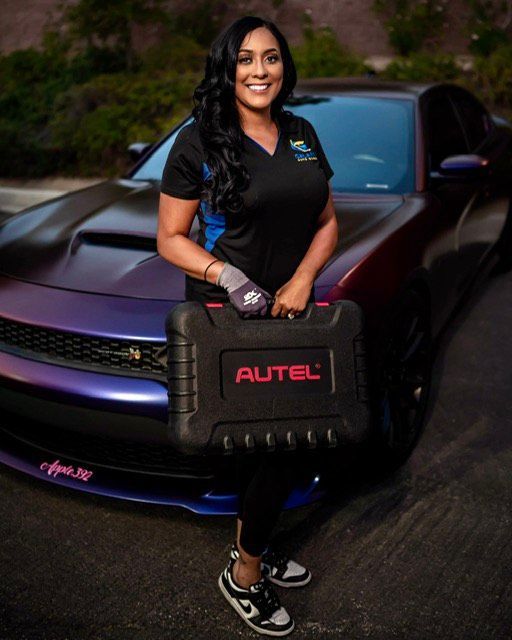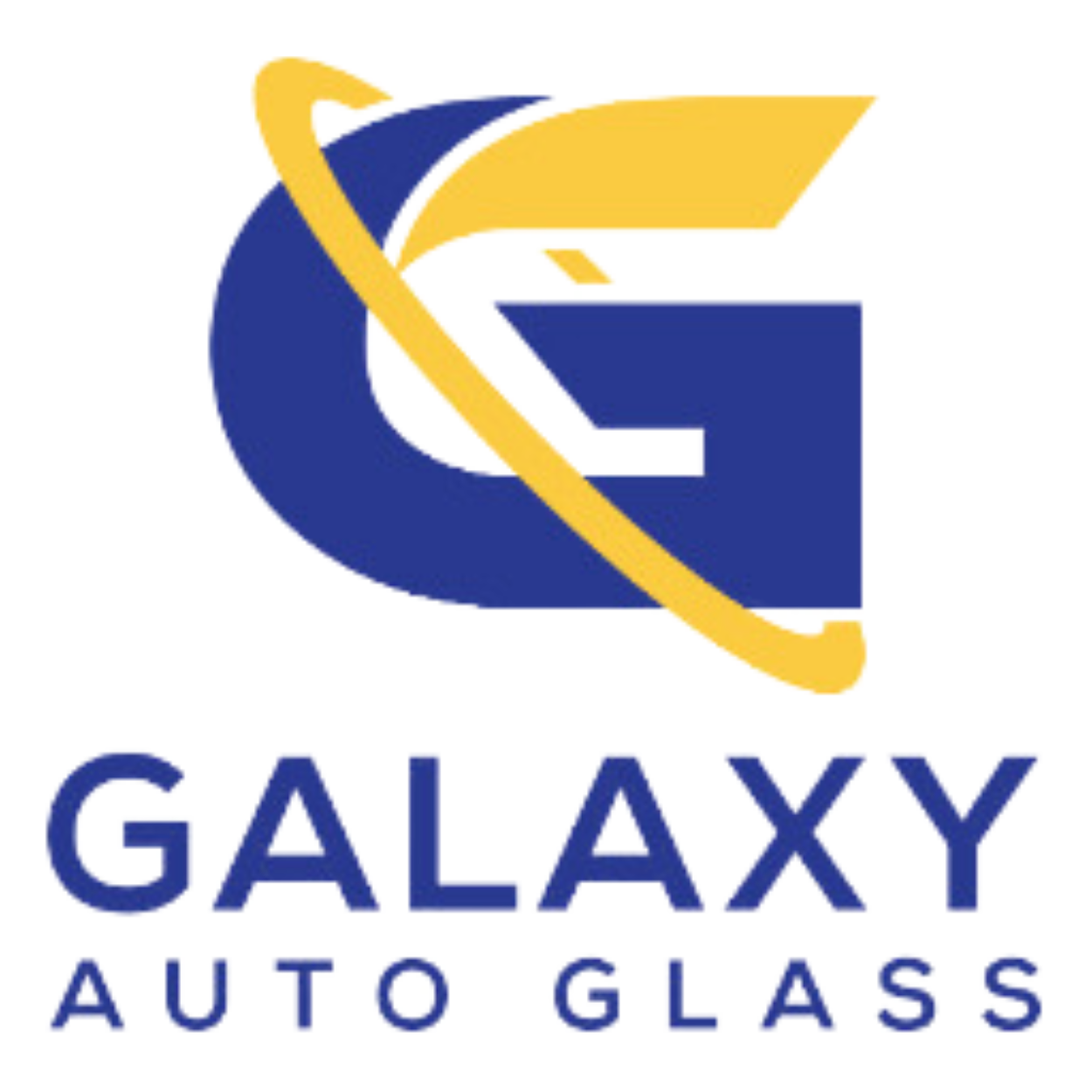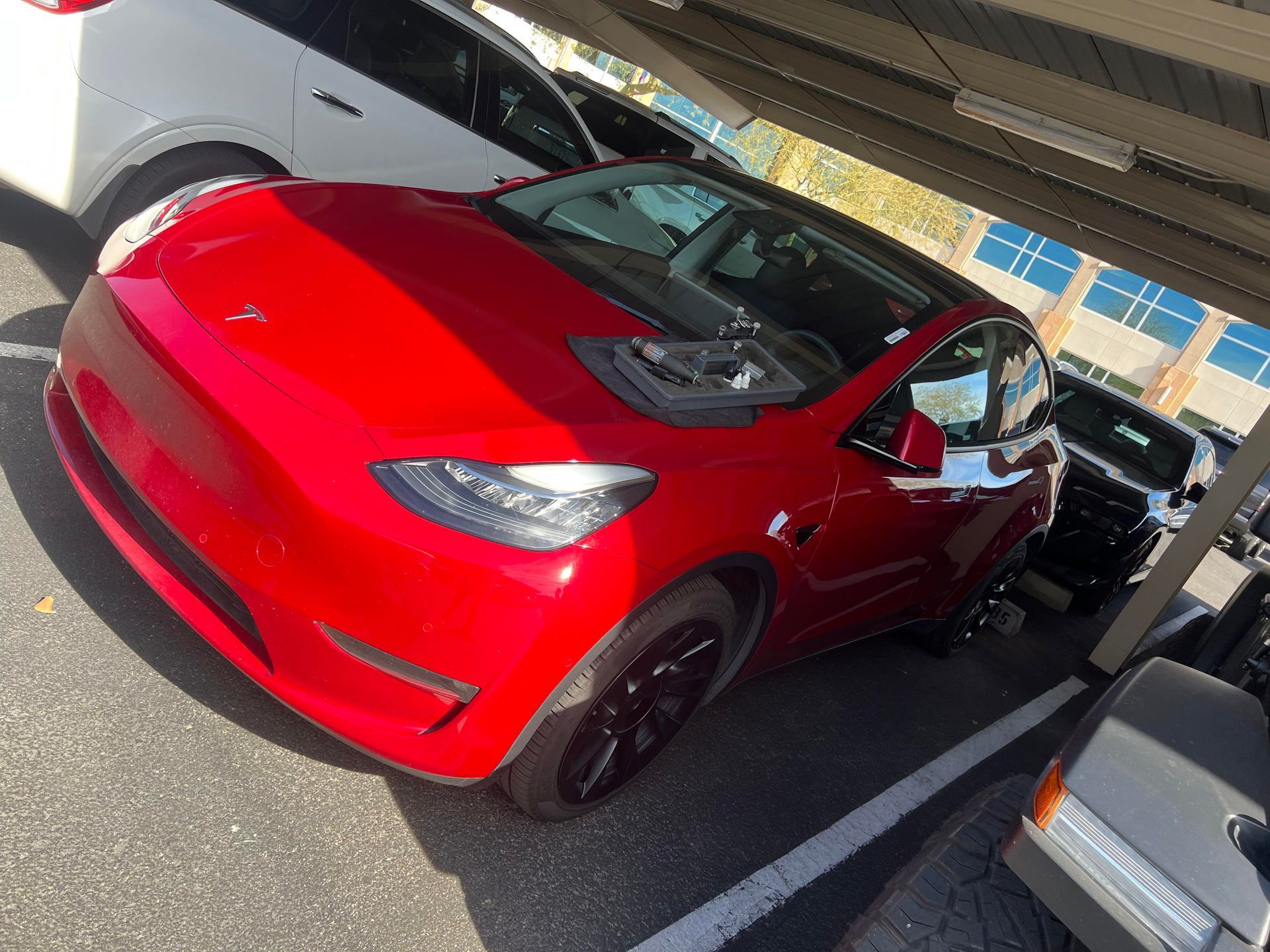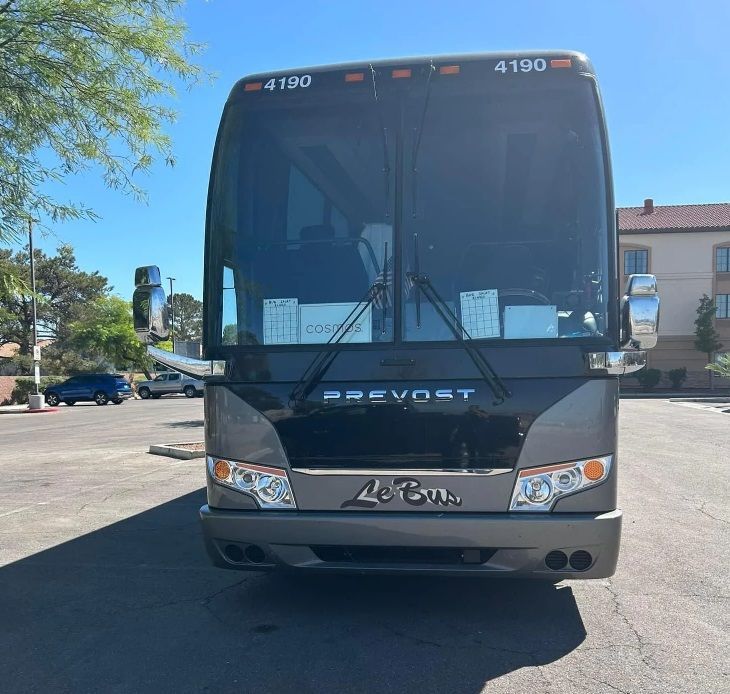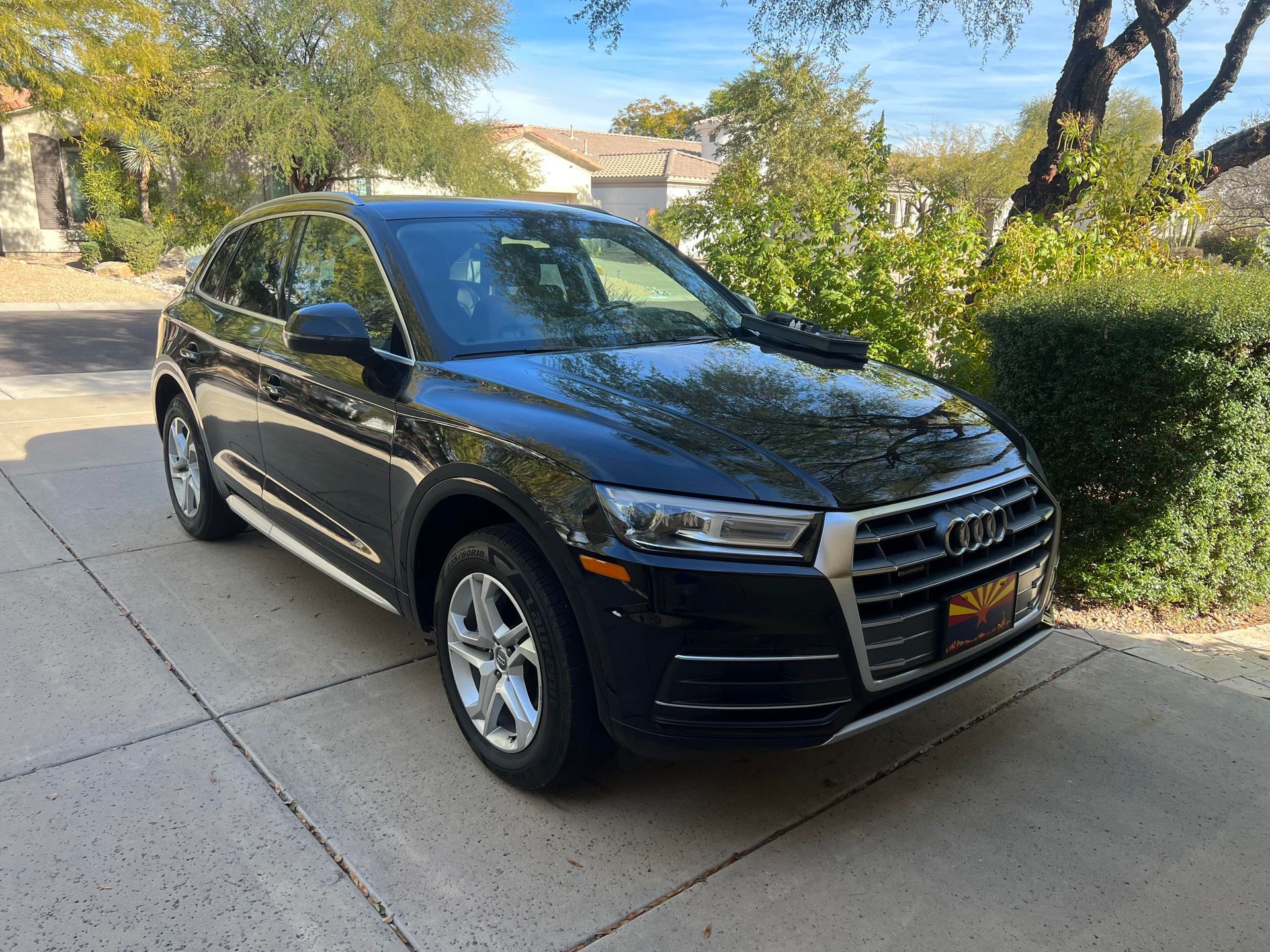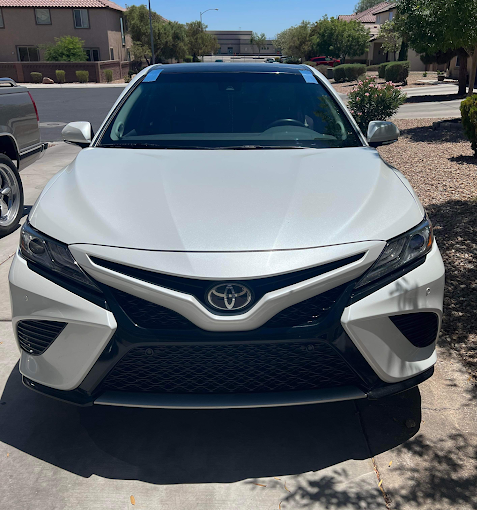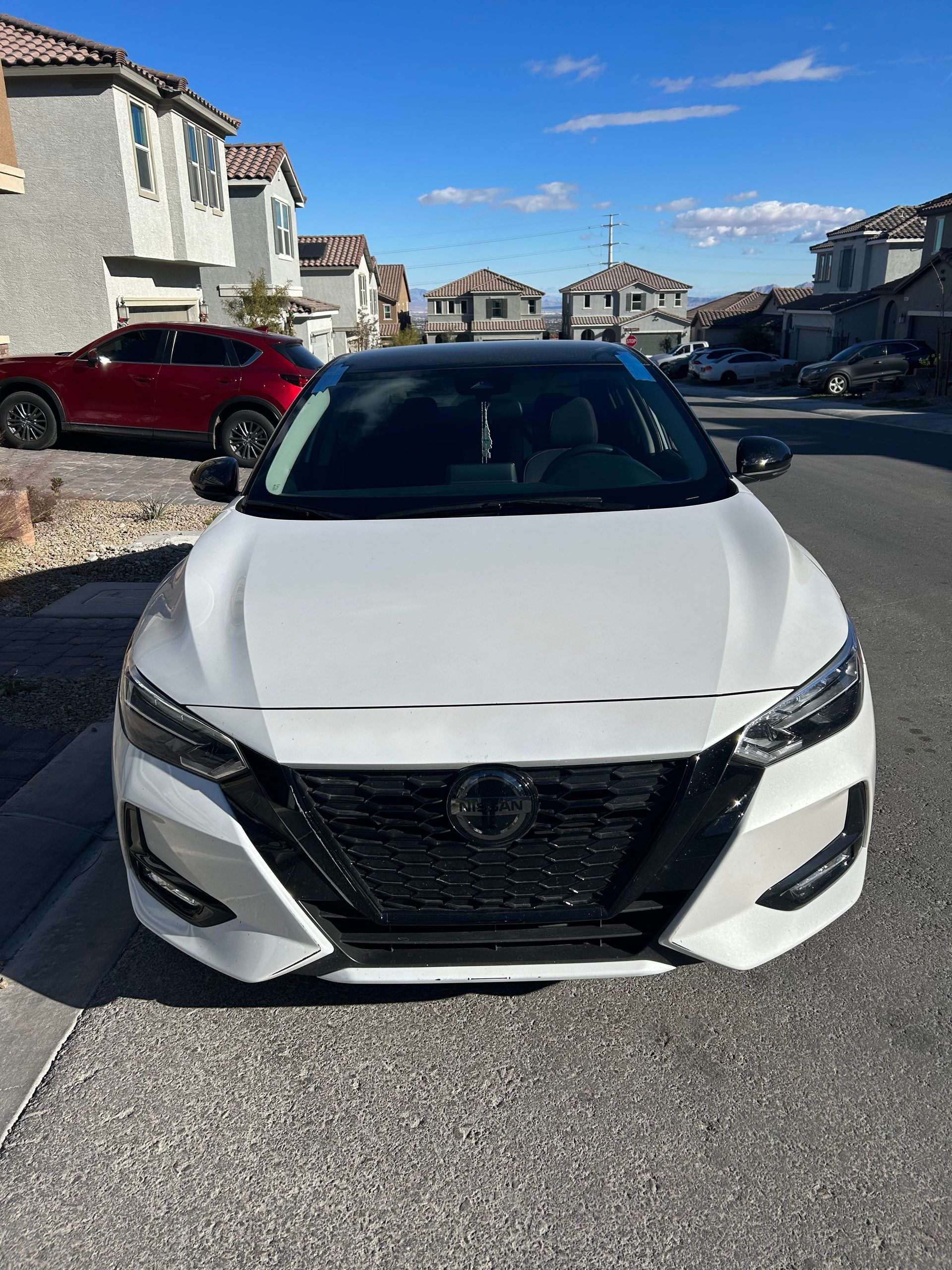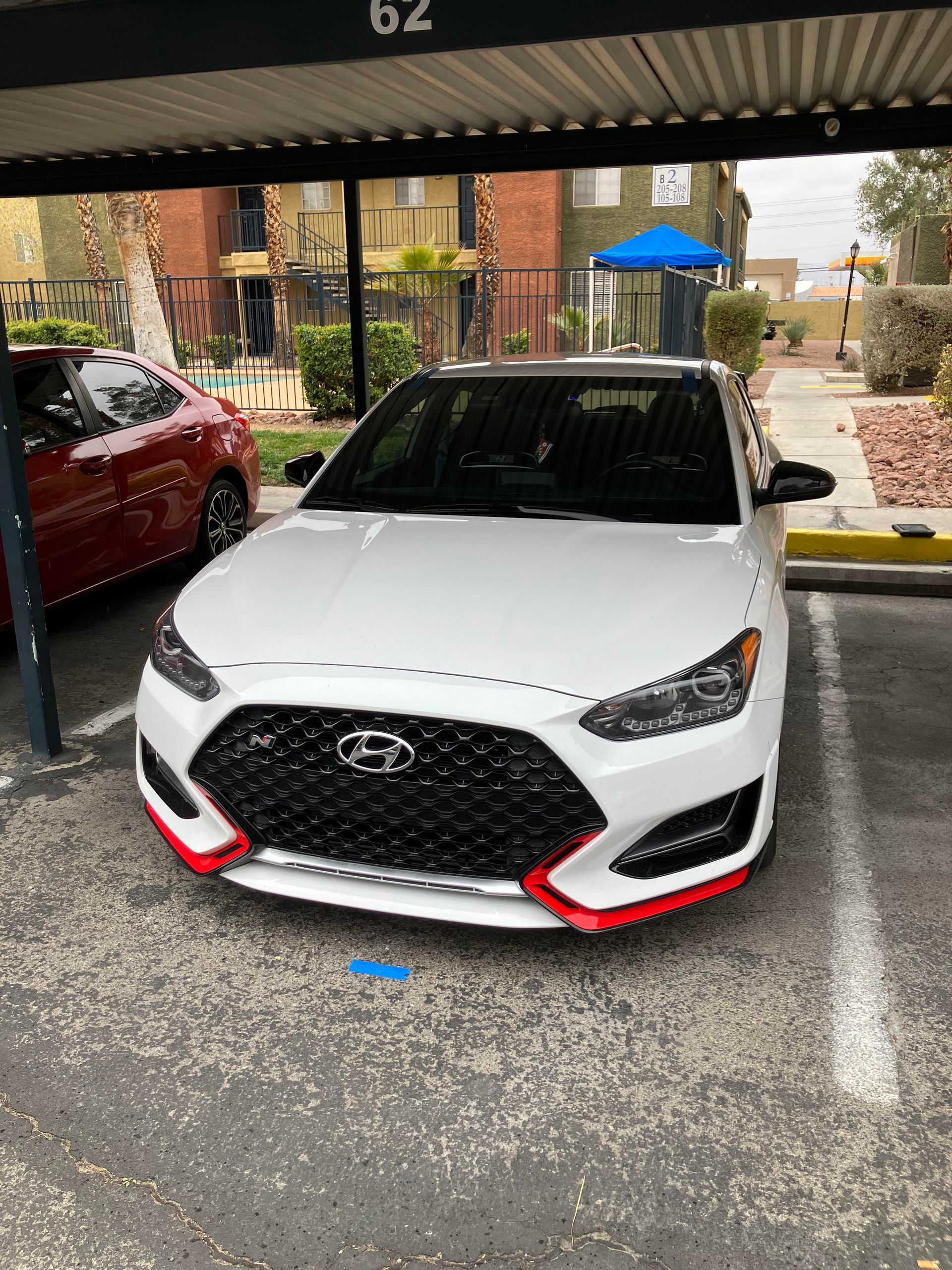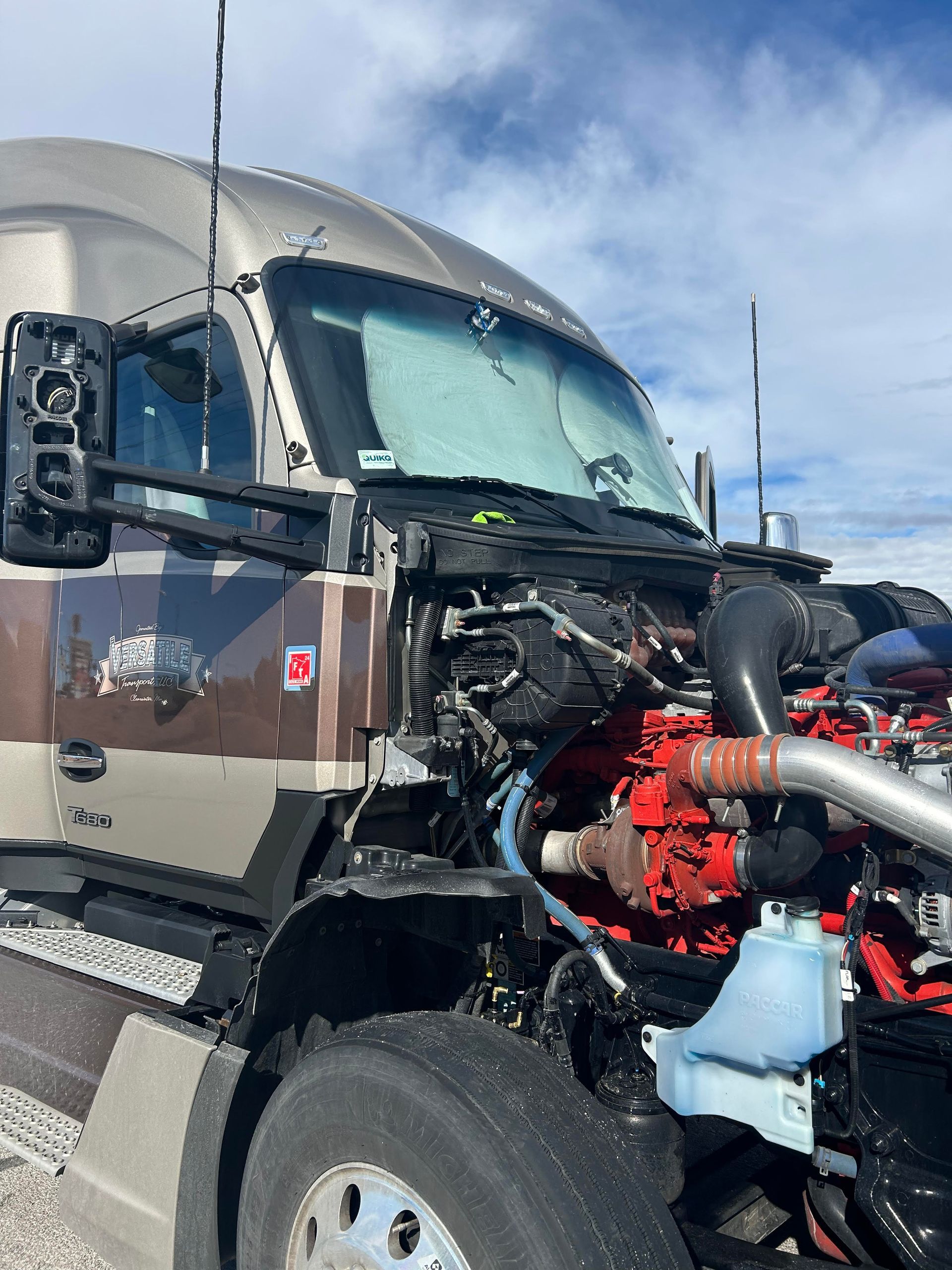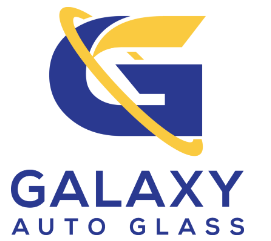14 ADAS Features Keeping You Safe
14 ADAS Features That Enhance Your Safety on the Road
Advanced Driver Assistance Systems (ADAS) is a general term for several technological advances in your vehicle. This article will briefly overview what ADAS systems are supposed to accomplish, how they work, and the fourteen ways they will keep you safe.
What is an ADAS System Aiming to do?
Nearly ninety-five percent of car accidents are due to human error. ADAS systems were created to remove this from the equation. Using safety systems that are both passive and active, ADAS systems work with several technologies to keep us safe from our own mistakes.
Have you ever tried to pull out of a parking space, heard a beep, and then seen a car go by on your dashboard screen? That’s ADAS systems working for you. Your car uses sensor technology to assess your vehicle’s surroundings. When it saw the car coming, the ADAS system alerted you.
How Does an ADAS System Work?
Using advanced technological sensors and devices like global positioning satellites, SONAR, RADAR, and LiDAR your ADAS system becomes your safety net from not only your possible errors but the mistakes of others on the road.
Here are fourteen ways the ADAS features in your vehicle keep you safe. They are broken down into two categories, either passive or active.
Passive ADAS Systems
These nine systems fall under the category of Passive because the driver has to take action to avoid trouble. The systems will warn the driver with sound, lights, or physical.
1. Anti-Lock Braking Systems (ABS)
An anti-lock braking system stops your car from turning and skidding when the emergency brake is used. Emergency brakes are not the primary brakes. If your primary brakes fail, your car has emergency brakes that you can apply, which will alert the ABS to activate.
2. Electronic Stability Control (ESC)
Electronic Stability Control devices are installed to help you avoid over or understeering, particularly in driving conditions you weren’t expecting.
3. Traction Control System (TCS)
Using both ABS and ESC, which we’ve already covered, the traction control system helps the driver keep the appropriate amount of traction when turning or navigating curves.
4. Back-Up Camera
Having a backup camera system helps a driver see what’s behind them, much farther than they could view with human eyes.
5. Lane Departure Warning (LDW)
This system warns you when you’re swerving into another lane, which can happen easily to a driver if they’re distracted.
6. Forward Collision Warning (FCW)
FCW warns a driver of a collision in front of them and alerts them to apply the brakes.
7. Blind Spot Detection
This ADAS function serves as an extra set of eyes and ears while you’re driving by alerting you of anything in your blind spot.
8. Parking Assistance
Sensors will alert you while parking if anything is near your front or rear bumpers. This function works when the car is nearing something at a low speed.
Active ADAS Systems
With Active ADAS systems, the vehicle takes action.
9. Automatic Emergency Breaking
Automatic emergency braking allows the vehicle to stop the car before having a collision, especially any people or animals that jump into the road.
10. Emergency Steering
This function will take action to dodge an object that is in the driver's lane of travel.
11. Adaptive Cruise Control
Your vehicle will stay with the flow of traffic by matching the speed of the vehicles ahead.
12. Lane Keeping Assist and Lane-Centering
The vehicle will steer itself to stay in the middle of the lane.
13. Traffic Jam Assist
This function works with Lane Keeping Assist and adaptive cruise control to semi-automate the vehicle. That way, in stop-and-go traffic, you can let the car take over.
14. Self Parking
Parallel parking will no longer be an issue because this ADAS feature does it for you.
Systems like these are seriously complex and this blog is a summary of them. The takeaway is that these systems work together to keep you and your passengers safe when out on the road.
ADAS Calibration For New Windshields
When you get a new windshield for your vehicle, it will have to be calibrated for the ADAS systems to work correctly. If you live in the
Las Vegas,
Henderson, or
Summerlin
area, we can discuss any new windshield calibration questions you have. At Galaxy Auto Glass our professionals are ready to help.
